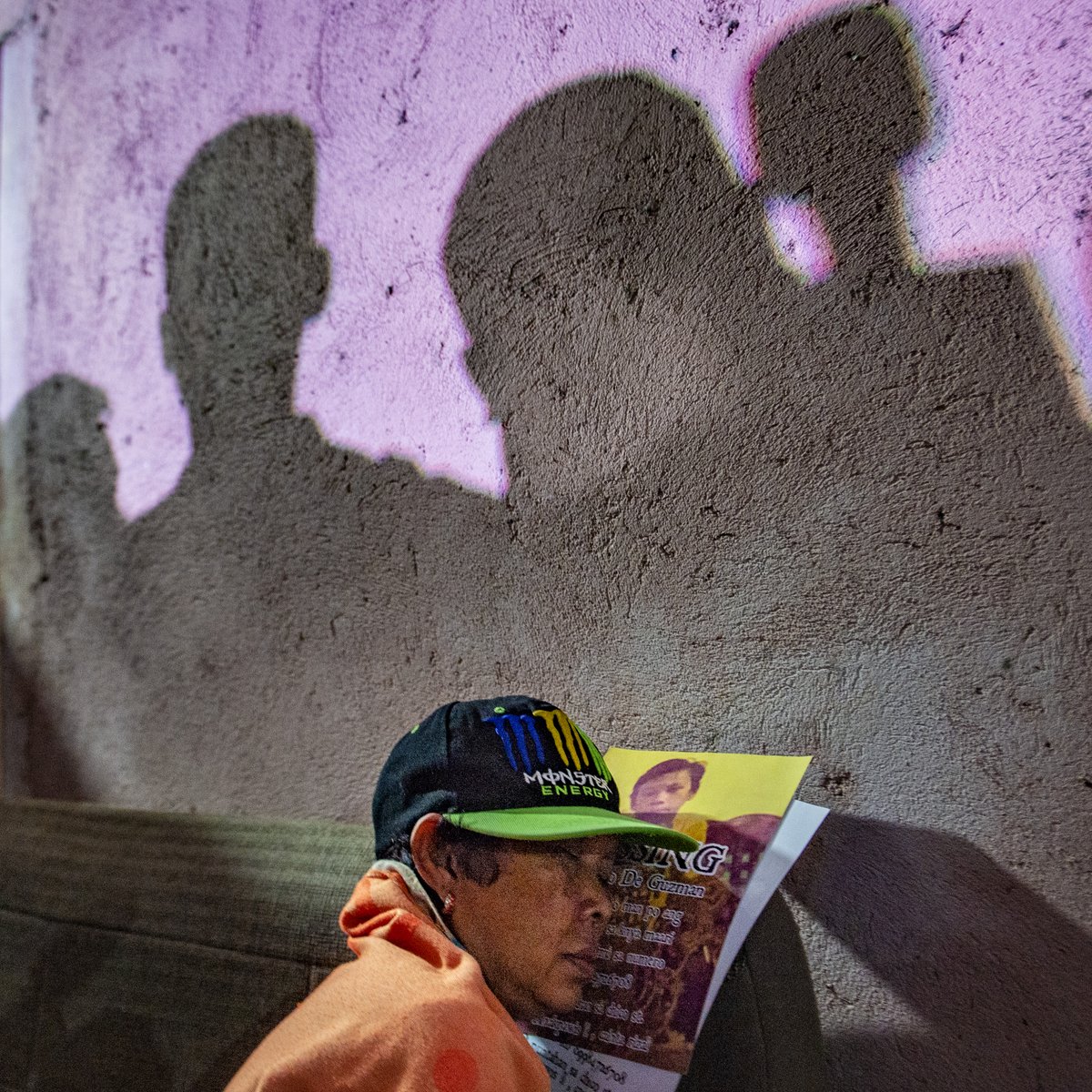The elephant in the room.
It& #39;s early September of 2017, in a rundown funeral parlour in Gapan, Nueva Ecija, Lina Gabriel was preparing to give a live TV interview on one of the country& #39;s top networks.
It& #39;s early September of 2017, in a rundown funeral parlour in Gapan, Nueva Ecija, Lina Gabriel was preparing to give a live TV interview on one of the country& #39;s top networks.
It& #39;s been nearly a month since her son, 14-year-old Reynaldo De Guzman, went missing from their Taytay, Rizal neighborhood.
Kulot, as Reynaldo was fondly called, was last seen with 19-year-old Carl Angelo Arnaiz, who on the night they went missing was killed by police in what they claim was a shootout after Carl allegedly tried to rob a taxi driver in Caloocan. Police say they also found drugs on him.
Arnaiz& #39;s family belied the police& #39;s claims, saying that Carl suffered depression and didn& #39;t like leaving the house. They found it absurd that one night Carl would suddenly decide to leave their neighborhood and rob a taxi driver in Caloocan, some ten kilometers away.
Kulot remained missing for weeks before his body was discovered floating in a creek in Gapan, Nueva Ecija, a hundred kilometers away from home. His head was wrapped in tape and his body bore 30 stab wounds.
As media swooped down on the small rundown funeral parlour to cover the country& #39;s biggest news item at that time, Kulot& #39;s father Eduardo pleaded with reporters not to interview Lina.
For anyone present there it was obvious that her mental health had deteriorated as a result of not sleeping or eating properly for nearly a month since her son went missing.
Despite this, a reporter from one of the biggest networks, wanting to get a scoop, insisted to interview Lina. During a live morning news program, the field reporter and the three anchors in the studio decided to address what they thought was the elephant in the room.
For ten long minutes they interrogated Lina, who was still in deep distress after losing her son in the most horrific way possible, intent to discover if her son was indeed a criminal.
They asked insinuating questions like, "Ano po ang nakikita ninyong dahilan sa pagpaslang sa kanya?”; “Alam niyo ba na holdaper ang anak niyo?”; “Ano pa ang alam niyong kababalaghan o pagyaya kay Kulot na ginagawa ng kanyang mga barkada?”
I& #39;m no journalism graduate (I studied fine arts), so please tell me my journo friends, is this what you would call real journalism? Are these the so-called valid questions that a real journalist must ask? Is this what it takes to be a real journalist?
Because if you call this journalism then I don& #39;t want to be called a journalist anymore.
https://cmfr-phil.org/media-ethics-responsibility/journalism-review/capitalizing-on-a-victims-grief-gma-7s-insensitive-interview/">https://cmfr-phil.org/media-eth...

 Read on Twitter
Read on Twitter


